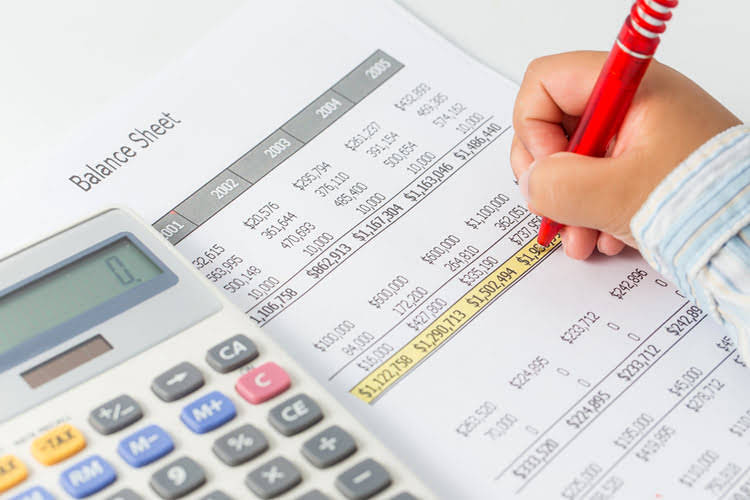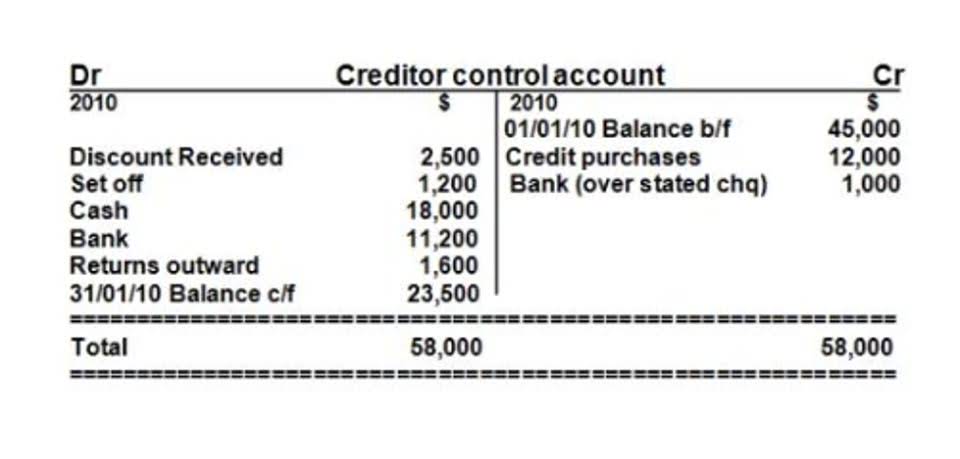FIFO: The First In First Out Inventory Method Bench Accounting

Adopting FIFO or LIFO demands careful tax planning in the US to optimize tax liability. LIFO is only allowed under U.S. standards, limiting international companies’ flexibility. Both GAAP and IFRS allow FIFO, but only GAAP allows LIFO, so there’s a big difference between the two. FIFO is compliant with both US GAAP and IFRS, so it’s a safe choice for consistent reporting.
Calculating Weighted-Average Cost
Also, in terms of beverages, especially wines or spirits that can age, FIFO ensures that older stocks, which might have a different value, are adequately accounted for. The intelligent financial tools from CalcoPolis would let you calculate all these inventory valuation alternatives in a jiffy. First In First Out is the most logical movement of goods from any storage area to the point of use. That’s why many companies calculate the current value of inventory using the FIFO method. Under first-in, first-out (FIFO) method, the costs are chronologically charged to cost of goods sold (COGS) i.e., the first costs incurred are first costs charged to cost of goods sold (COGS).

Impact of FIFO Inventory Valuation Method on Financial Statements
Assuming calculate fifo that prices are rising, this means that inventory levels are going to be highest because the most recent goods (often the most expensive) are being kept in inventory. This also means that the earliest goods (often the least expensive) are reported under the COGS. Because the expenses are usually lower under the FIFO method, net income is higher—resulting in a potentially higher tax liability. For example, the seafood company—from the earlier example—would use their oldest inventory first (or first in) when selling and shipping their products.
- Grouping helps businesses manage inventory valuation complexities and comply with accounting standards like IFRS and GAAP.
- These methods assign costs to inventory, directly influencing financial statements.
- This leads to a lower tax burden by minimizing paper profits linked to inflationary increases in replacement costs.
- They provide a clear picture by determining what inventory is still on hand after sales are accounted for.
- Yes, ShipBob’s lot tracking system is designed to always ship lot items with the closest expiration date and separate out items of the same SKU with a different lot number.
What Is Repetitive Manufacturing and How It Cuts Costs
- In these situations, FIFO presents the most relevant and accurate picture of inventory flows and costs on financial statements.
- Under FIFO, the balance sheet shows inventory at its most recent cost, which generally approximates the current market value more closely than other methods.
- Inventory valuation has a significant effect on balance sheets and inventory write-offs.
- FIFO also often results in more profit, which makes your ecommerce business more lucrative to investors.
- The ending inventory balance is valued at the most recent costs, which reflect replacement costs at the end of the accounting period.
- This approach aligns with the natural flow of many businesses, especially those dealing with perishable goods or products with limited shelf lives.
Learn to accurately calculate FIFO Cost of Goods Sold with a clear, step-by-step guide, including adjustments for returns and final recording. Ecommerce merchants can now leverage ShipBob’s WMS (the same one that powers ShipBob’s global fulfillment network) to streamline in-house inventory management and fulfillment. With this level of visibility, you can optimize inventory levels to keep carrying costs at a minimum while avoiding stockouts. When you send us a lot item, it will not be sold with other non-lot items, or other lots of the same SKU. ShipBob’s ecommerce fulfillment solutions are designed to make inventory management easier for fast-growing DTC and B2B brands. Because FIFO assumes that the lower-valued goods are sold first, your ending inventory is primarily made up of the higher-valued goods.

This means that the business’s oldest inventory gets shipped out to customers before newer inventory. It’s also the most accurate method of aligning the expected cost flow with the actual flow of goods. It reduces the impact of inflation, assuming that the cost of purchasing newer inventory will be higher than the purchasing cost of older inventory. Typical economic situations involve inflationary markets and rising prices. FIFO, or First In, First Out, is an inventory valuation method that assumes that inventory bought first is disposed of first.

FIFO Method in Accoutning : Work, Calculation & Examples
- Inventory value is then calculated by adding together the unique prices of every inventory unit.
- Our intuitive software automates the busywork with powerful tools and features designed to help you simplify your financial management and make informed business decisions.
- However, FIFO can lead to increased tax liabilities due to higher reported profits during periods of inflation.
- To determine ending inventory value, identify remaining units and their costs.
- For example, if 220 units were sold and the first purchase was 100 units at $10, those 100 units are expensed first.
- The calculator automatically prioritizes the March 1 batch in cost calculations.
FIFO is calculated by adding the cost of the earliest inventory items sold. The price of the first 10 items bought as inventory is added together if 10 units of inventory were sold. The cost of these 10 items may differ depending on the valuation method chosen. When gym bookkeeping a company selects its inventory method, there are downstream repercussions that impact its net income, balance sheet, and its requirements for tracking inventory. The pros and cons listed below assume the company is operating in an inflationary period of rising prices. When sales are recorded using the FIFO method, the oldest inventory—that was acquired first—is used up first.

By selling older stock first, companies can minimize spoilage and keep their inventory fresh. After selling 100 units from the February 15 purchase, 50 units remain from that batch at $12 each ($600). This method ensures inventory on the balance sheet reflects costs closest to current market prices, as it assumes latest purchases are still on hand. The First-In, First-Out (FIFO) inventory costing method assumes the first units purchased are the first ones sold. This approach aligns with the natural flow of many businesses, especially https://beyondstreams.co.za/2022/02/17/are-expenses-liabilities-on-a-balance-sheet/ those dealing with perishable goods or products with limited shelf lives.
